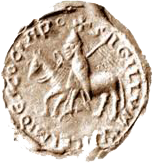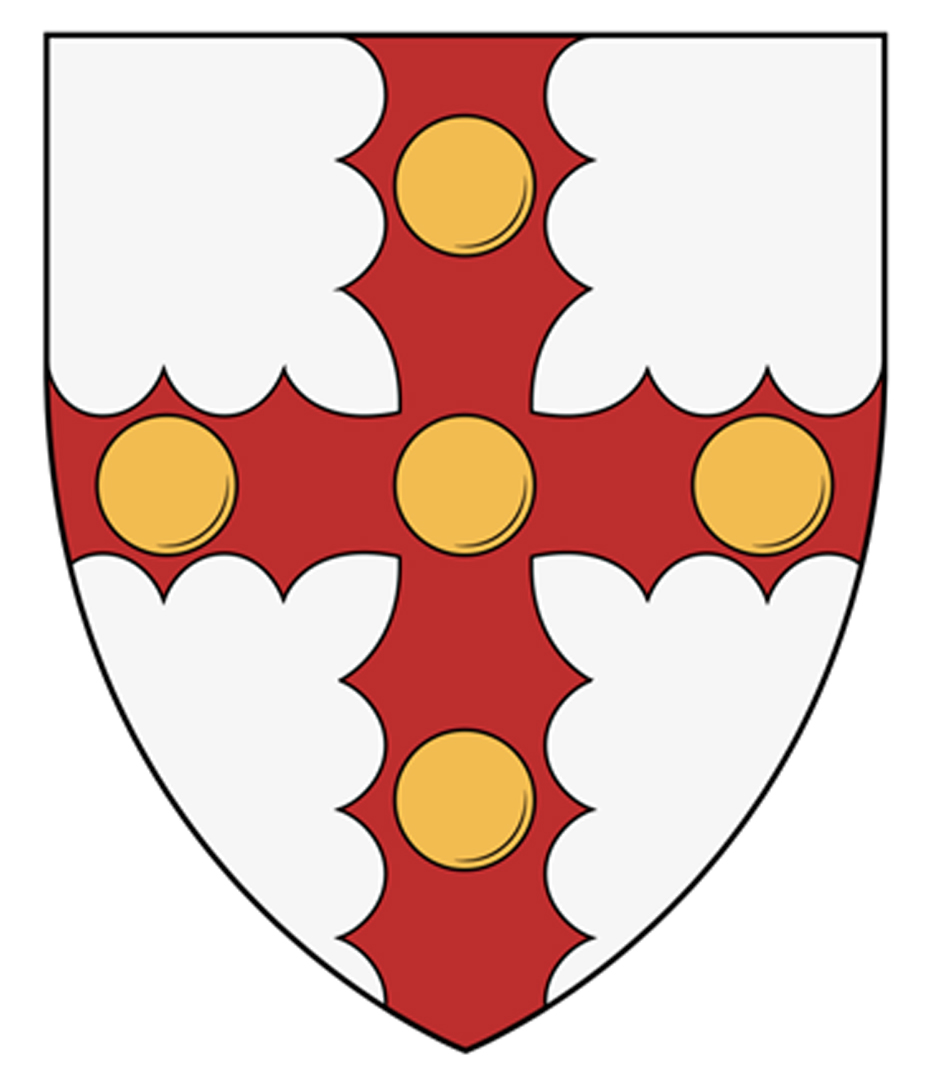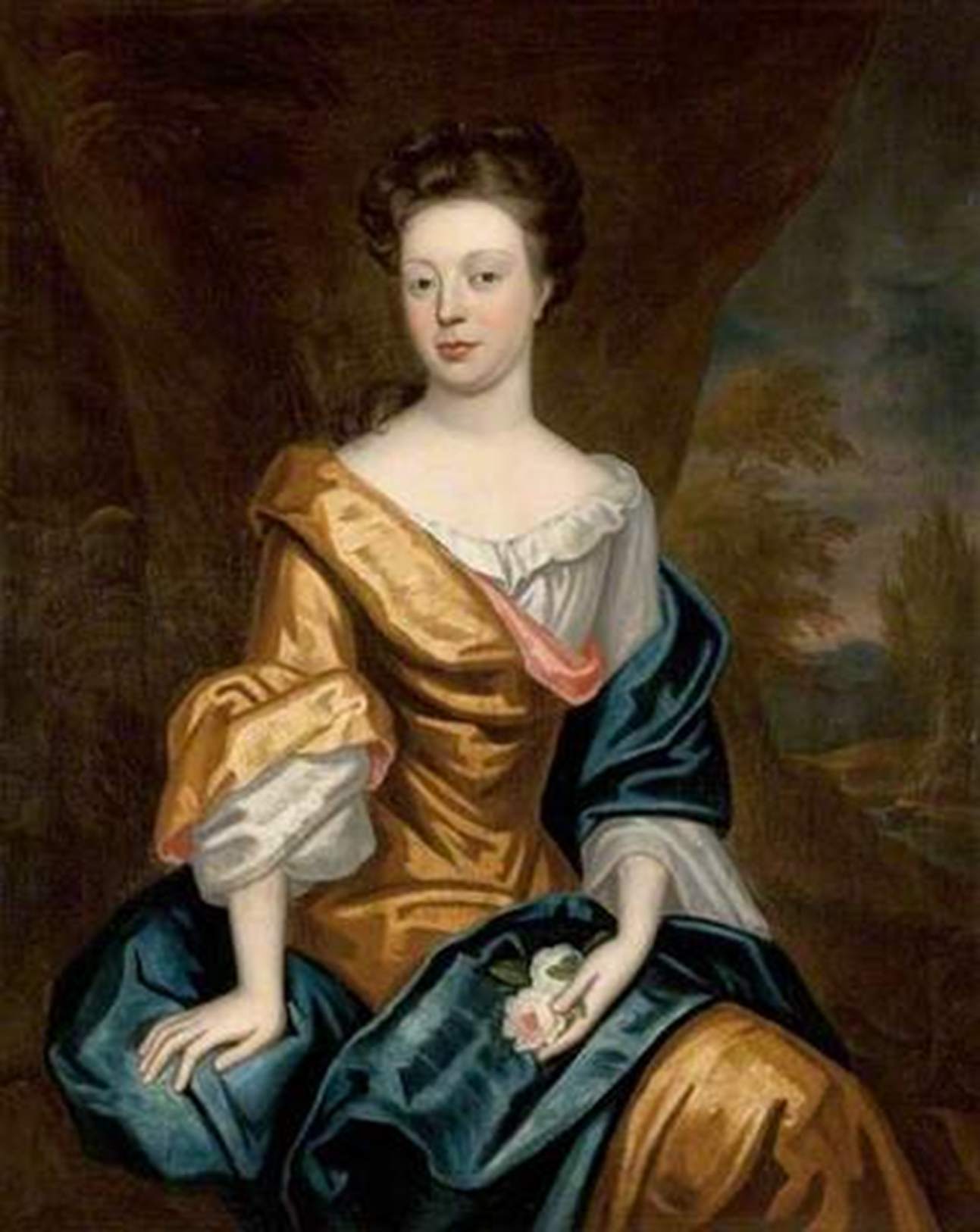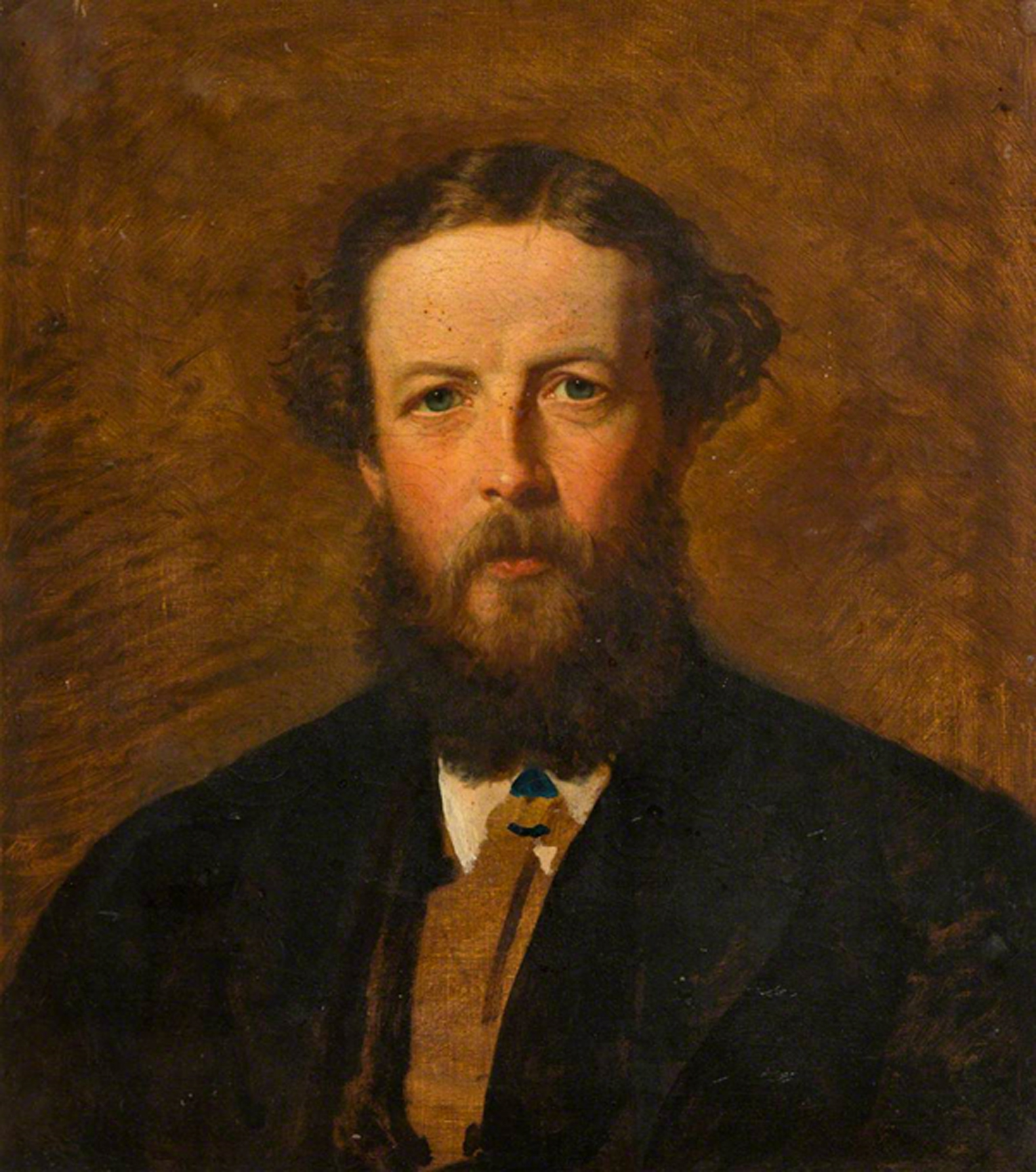Sinclair of Stevenson
Stevenson was a small barony 1.5 miles to the east of Haddington in East Lothian, where a highly accomplished Sinclair family lived. In the past, there has been some confusion originating from Douglas’s Baronage which stated George, a son of Matthew St. Clair of Longformacus was the progenitor of the Stevenson family. However, one of the witnesses to the baptism of that George’s son John, in Haddington on 13 August 1620, is ‘John Sinclair, laird of Stevenson’, therefore, it can only have been George’s brother John, a merchant in Edinburgh, who would have been the right age to have established himself at Stevenson in 1620, prior to him buying the estate outright in 1624.
In his Genealogie, Fr. Hay mentioned the Stevenson’s were ‘said to have come from a brewer in Leith’ and he was correct, in as much as the Register of Deeds does list ‘Sir John Sinclair’s Brewhouse’ in Leith in 1667. Quite which Sir John Sinclair it relates to is, unfortunately, not completely clear. It could for example, relate to Sir John St. Clair of Herdmanston (d. 1686) who had married Elizabeth, the daughter of Sir John Sinclair of Stevenson and Marion McMath. Quite often, Edinburgh merchants were also members of the Society of Brewers around that time, and it is feasible that the brewery could have been another business owned by the Stevenson family as a sideline to their importing and exporting of grain. On the other hand, the brewery could have been an entirely separate business to ensure his supplies of grain, set up by Sir John of Herdmanston using his connections with the Stevenson family through marriage.
John, the first of Stevenson, was a successful merchant in Edinburgh, becoming a merchant burgess by right of his wife, Marion McMath in 1606. The McMaths were a prosperous family of merchants in Edinburgh at the time. In 1606, John, ‘merchant and brother-german to Robert St. Clair of Longformacus’, had a charter of the lands of Utherston and Harcarse in Berwickshire from Alexander Boig of Burnhouse. In 1629, John bought land in the barony of Wester Pencaitland from John St. Clair of Herdmanston and, in 1630, land in the same barony from the Earl of Mar. He was granted further land in East Lothian by Sir William Baillie of Lamington in payment of a debt. He had a wadset of land in Inverness and collected £983 per annum in rent from properties in Edinburgh. He became a magistrate, a town councillor, a Dean of Guild and was also in great favour with King Charles I, who knighted him in 1636, when John became a baronet of Nova Scotia. Sir John, as he was titled after that, had spent many years trading in Europe, importing goods such as salt from Cadiz in Spain, wood from Norway, grain from mainland Europe, whilst exporting salmon and grain to France and Denmark. He owned a ship in partnership with other merchants, which was wrecked off the coast of Ireland in 1620. He was also a money lender and often took land in payment of a debt. In fact, in 1624, he was warned he could potentially be charged with usury. In his will, Sir John of Stevenson left 400 merks to the laird of Longformacus, ‘to be putt furth in annual rent to keep ane skool in the kirk of Longformacus,‘ once again confirming the ties between the two families.
Sir John’s grandson, Sir Robert, reached even loftier heights, becoming Lord Justice-Clerk as Lord Stevenson, a Baron of the Exchequer, a Privy Councillor, as well as Sheriff and M.P. for Haddington. In 1670 he bought the lands of Carfrae from the St. Clairs of Herdmanston. Sir Robert’s eldest son John married Martha Lockhart, widow of Cromwell Lockhart of Lee in Lanarkshire and sole heiress of her father, Sir John Lockhart of Castlehill, on the death of her only brother James. The baronies of Castlehill, Stonehouse and Cambusnesthan in Lanarkshire were inherited by her younger sons, who adopted the name Lockhart, whilst the Stevenson barony was inherited by the eldest son.
Martha Lockhart’s third son, George St. Clair (d. 1764) was an Advocate, Sheriff of Lanark and ultimately also became a Lord of Session, known as Lord Woodhall. He not only inherited the Lockhart estates when his elder brother John died without male heirs, he was also named as heir to Alexander Sinclair, 9th Earl of Caithness.
In August 1761 when Earl Alexander wrote his will, his only legitimate heir was his daughter Dorothea, already married to the Earl of Fife, but Alexander’s barony of Murkle (which he had inherited from his brother John in 1755) had to be inherited by male heirs. If Dorothea had had any children, her second or third sons would have inherited the barony of Murkle, as Alexanders’ two brothers had both died with no issue.
Alexander’s next choice was his friend, the unmarried sixty-odd-year-old George, Lord Woodhall, much to the chagrin of other Caithness Sinclairs, who considered themselves more closely related. Unfortunately, George died in 1764, just a few months before Alexander himself and George left no heirs. Dorothea contested her father’s will, but the House of Lords adjudicated in 1766, declaring George’s nephew, Sir John Sinclair of Stevenson (d. 1789) rightfully heir to George and therefore Alexander, provided he comply with the entail that he adopts the designation and arms of Murkle.
Later members of the Stevenson family had distinguished military or naval careers; in particular, Sir John Gordon Sinclair, who served on the flagship ‘Victory’ under Lord Nelson, becoming an Admiral in 1861 and Sir Robert Sinclair (d. 1795) who was Lieutenant-Governor of Fort George, near Inverness.
Finally, on the death of the last baronet, Sir Robert Charles Sinclair, in 1899, and without heirs, the lands (but not the titles) of Murkle and Stevenson devolved to his eldest sister Madelina, who adopted the name of Pelham-Sinclair, having married Dudley Worsley Anderson-Pelham. She died in 1910, when her sister Susan, who had married Major-General Sir Wilbraham Oates Lennox, adopted the name Lennox-Sinclair, but she died bankrupt in 1912. Her eldest son, Cecil sold off many farms on the Murkle estate to the Crown before 1917, probably to repay debts due from the sequestered estate. On his death without heirs in 1922, his brother Claud inherited. The estates of Stevenson and Murkle were gradually broken up and sold off until finally in 1931, Stevenson House and a few acres were also sold outwith the family. Claud died in 1947 without heirs. Incidentally, Stevenson House is currently for sale along with the Coach house and 21 acres, with an asking price of £4million if you have any spare cash!
The titles of Murkle and Stevenson devolved on Sir Robert Charles Sinclair’s second cousin once-removed, Major-General Graeme Alexander Lockhart of Castlehill, who took the name Sinclair-Lockhart when he became the 10th baronet of Stevenson and Murkle in 1901.
Nina Cawthorne
DESCENDANTS
m. (2) 1693 Anne, dau. of Sir William Scott of Ardross, no issue
m. (1)1663 Helen, dau. of John Lindsay, 17th Earl of Crawford and 1st Earl Lindsay
m. (1) 1851 Charlotte Ann, dau. of Lt. John Coote
m. (2) 1876 Louisa, dau of Roderick Hugonin, Kinmylies House, Inverness
[no issue by either marriage]




